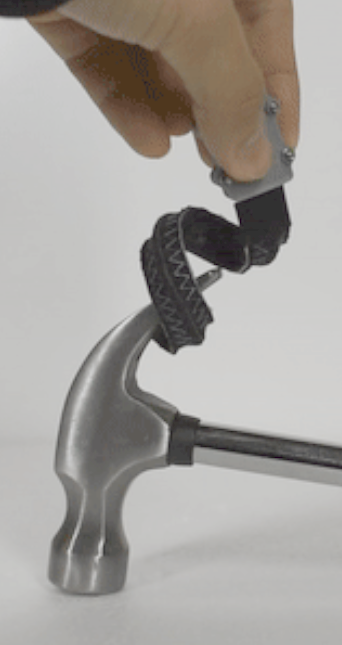Robo-trunk grips success
 UNSW engineers have developed a ‘robotic snake’ device that can grip and pick up objects like an elephant’s trunk.
UNSW engineers have developed a ‘robotic snake’ device that can grip and pick up objects like an elephant’s trunk.
Nature inspired the team to develop a soft fabric robotic gripper; a versatile technology that could be widely applied in sectors where fragile objects are handled, such as agriculture, food and the scientific and resource exploration industries – even for human rescue operations or personal assistive devices.
“Our new soft fabric gripper is thin, flat, lightweight and can grip and retrieve various objects – even from confined hollow spaces – for example, a pen inside a tube,” says Dr Thanh Nho Do, UNSW Medical Robotics Lab director.
“This device also has an enhanced real-time force sensor which is 15 times more sensitive than conventional designs and detects the grip strength required to prevent damage to objects it’s handling.
“There is also a thermally-activated mechanism that can change the gripper body from flexible to stiff and vice versa, enabling it to grasp and hold objects of various shapes and weights – up to 220 times heavier than the gripper’s mass.”
Dr Do said the researchers found inspiration in nature when designing their soft fabric gripper.
“Animals such as an elephant, python or octopus use the soft, continuum structures of their bodies to coil their grip around objects while increasing contact and stability – it’s easy for them to explore, grasp and manipulate objects,” he said.
“These animals can do this because of a combination of highly sensitive organs, sense of touch and the strength of thousands of muscles without rigid bone – for example, an elephant’s trunk has up to 40,000 muscles.
“So, we wanted to mimic these gripping capabilities – holding and manipulating objects are essential motor skills for many robots.”
Researcher Trung Thien Hoang said the fabrication method is also simple and scalable, which allows the gripper to be easily produced at different sizes and volumes – for example, a one-metre long gripper could handle objects at least 300 millimetres in diameter.
During testing, a gripper prototype weighing 8.2 grams could lift an object of 1.8 kilograms – more than 220 times the gripper's mass – while a prototype 13 centimetres long could wrap around an object with a diameter of 30 mm.
Dr Do has filed a provisional patent for the new gripper, and says it could be commercially available in the next 12 to 16 months, if he finds an industry partner.
“We now aim to optimise the integrated materials, develop a closed-loop control algorithm, and integrate the gripper into the ends of robotic arms for gripping and manipulating objects autonomously,” Dr Do said.
“We are also working on combining the gripper with our recently announced wearable haptic glove device, which would enable the user to remotely control the gripper while experiencing what an object feels like at the same time.”







 Print
Print